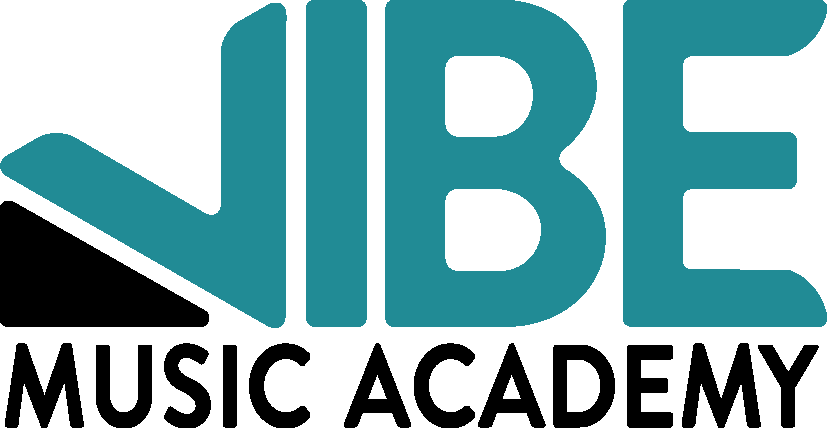In our current society, listening is the root of all music-making. Have you ever watched a two-year-old sit at a piano and explore it by touching any key he or she chooses? If a musician had never been exposed to piano players that make great sounds and had no idea which keys made great sounds when pressed simultaneously, this musician may be no more talented than the two-year-old. By contextualizing what we attempt to create musically, it instantly becomes recognizable and pleasurable to the ear. So, where do we begin?
First of all, we need to understand that listening to music exists at many different levels of attentiveness. A collegiate music major MAY listen to a selection of music with a bit more care than the average teenager playing a random pop station on their car radio. Again, I did say “MAY!”. Let’s outline these “listening levels” threefold:
The Three Listening Levels
Level 1: Passive Listening
Passive listening typically is utilized when the music is not the primary event in a certain time or space. Perhaps you are at Olive Garden, and although the music sets a wonderful tone inside the restaurant (one of the best restaurant playlists in my opinion!), chances are, you won’t pay special attention to the ambiance of the music during your evening dining in. Music to create a certain atmosphere without demanding its listeners’ ears would be listened to passively.
Level 2: Listening for Enjoyment
This level is maybe the broadest of the three. Recorded music is intended for consumers to enjoy it, and that’s exactly what most of us do! If you’ve ever browsed YouTube, Spotify, or your home CD collection for a specific album or composer, chances are, it was because you wanted to enjoy that music. The music industry is SO massive especially in the United States, for exactly this reason! People love music and consume it just like we consume food.
Level 3: Studious Listening
This highest type of listening may apply to more than you think. Surely the first thing that comes to mind is a professional studying music to learn it or memorize it. However, have you ever been driving by yourself, singing along to a song, and suddenly a section of lyrics occur that you thought you knew? Sadly, you messed up the lyrics pretty badly. But, you wanted to get it right, so you rewinded and tried the section again? You just made an attempt to learn a song further, and improve your ability to perform that song. Deeper than you thought, huh? Studious listening involves any listener processing music at a higher function than average.
Here’s the neat part: Anyone can do this! The ability to process and learn music at a high level is achievable by ANYONE. For most individuals that struggle with their current musical ability, most of the time that perception is strictly based on the time they’ve spent learning and listening. In this case, time is a HUGE advantage in processing music at a high standard.
Practicing Studious Listening
In my classroom and my lessons, whenever I hand out a new piece of music, I ALWAYS have my students listen first. This process is not designed to lock them into a certain sound they must “replicate”, but rather to encourage them to listen beyond what they hear and imagine all the different varieties they could create with what they are given. I always have them listen through a selection twice: the first time simply being an observer. Most of the time it is a recording or a YouTube video, and I have them pretend that they are in the audience of this particular concert or performance.
During this listen, they are in Level 2. They are listening for enjoyment and exploring the possibilities with the sounds that they are witnessing. Then, the second time around, I always ask them to watch the printed music that is in front of them. That way, they begin to enter Level 3 as they apply both senses - sight and sound. This becomes so valuable for students because they are able to interact with the music in now two different ways, after just introducing the piece.
Could you do this yourself? If you love a song and have spent many minutes or hours listening to it, could you take it a level up and find the printed music online? Then, could you spend some time figuring out what all the symbols mean in relation to what you’ve already heard so many times? We know you have the willpower to do this, but the technicalities and weird-looking symbols are usually what confuses people the most. If this is you, please do reach out and ask questions. We’d love to assist you and find you a great teacher that can really take you to that next level, or just help you with that one symbol that will make playing or singing a song that much more enjoyable for you. No matter what it is, we are musicians making musicians—be one of the musicians we help make!
- Tyler Long, Music Instructor at Vibe Music Academy.


